- Thread Starter
- #21
I forgot to mention that I contacted the company using their website asking them about the difference in my measurements and theirs. Sadly they never answered. This was over a month ago.
No, these are measured as if they were in free field. Putting them on the wall would increase bass due to reflecting the back wave to the front.Were they hung on a wall when tested or does the Klippel factor that in its calcs? seems like bass would be lower on a wall?
I think their 'klippel' plot is 'smoothed' with lotsa real whipped-cream!I'm not convinced their "klippel" plot is real...
There is no automated EQ. Filtering is done by programming the PEQ. I don't think there is a FIR filter in the way you are saying.Too spendy for what you get. DSP might be capable, but does it include an analysis system? Or is user supposed to manually feed in the filter coefficients and number of taps?
Theory shares an engineering facility with its sister company, Pro Audio Technology (PRO), maker of medium and large format loudspeakers and amplifiers for installed sound and used by movie stars, movie directors, musicians, and producers around the world.
- Every Theory loudspeaker is developed and optimized on the NFS, ensuring the most accurate sound reproduction possible. "
Together, Theory and PRO have invested heavily in the best laboratory equipment and modeling software available, from brands like Bruel & Kjaer, Audio Precision, Loudsoft, and others, including a very unique 12-foot-high installation of the Klippel Near Field Scanner (NFS) - the most advanced, and most accurate way to measure loudspeakers extant.
I've never seen 24" on center drywall, only 16" on center drywall.If you attach the SB25 to a wall it could easily create significant resonances. 24" on center drywall can vibrate pretty easily with deep bass lines even when a speaker is free standing. Place the speaker directly on the drywall and things get interesting quickly with strong bass lines. Extra screws and sound deadening materials will likely be needed to reduce vibrations.
Where have you been? 24 inch framing with drywall has been the norm in large areas for oh maybe 40 or so years. 16 inch was the old norm and better houses still use it, but it isn't the norm now. I do agree I'd never put something that heavy on just the drywall.I've never seen 24" on center drywall, only 16" on center drywall.
I still wouldn't want it attached to just the drywall, though.
This is a review and detailed measurements of the Theory Audio SB25 on-wall speaker with its companion 8-channel ALC-1809 amplifier and DSP. It is on kind loan from a member. Speaker costs US $1,699 each and amplifier, US $5,999. Sorry for stock pictures:
View attachment 383823
View attachment 383824
As you see, this is a very sleek speaker designed to be hung on the wall and comes with nice bracket. Built quality is excellent with the speaker feeling like a rock. Weighs as much too for its size! Unexpectedly for a system speaker, it is driven passively with the crossover being inside the speaker rather than DSP module. On the other hand, this halves the number of amplification channels needed which is a lot in a home theater/surround system:
View attachment 383825
View attachment 383826
Two configuration apps are provided. You can load up different profiles (DSP settings) into the Windows app using either. I opted for the "Flat" (I think version 1.4) profile.
Speaker was measured using Klippel Near-field scanner without taking the grill off. Company seems to have measurements using the same system showing exemplary response:
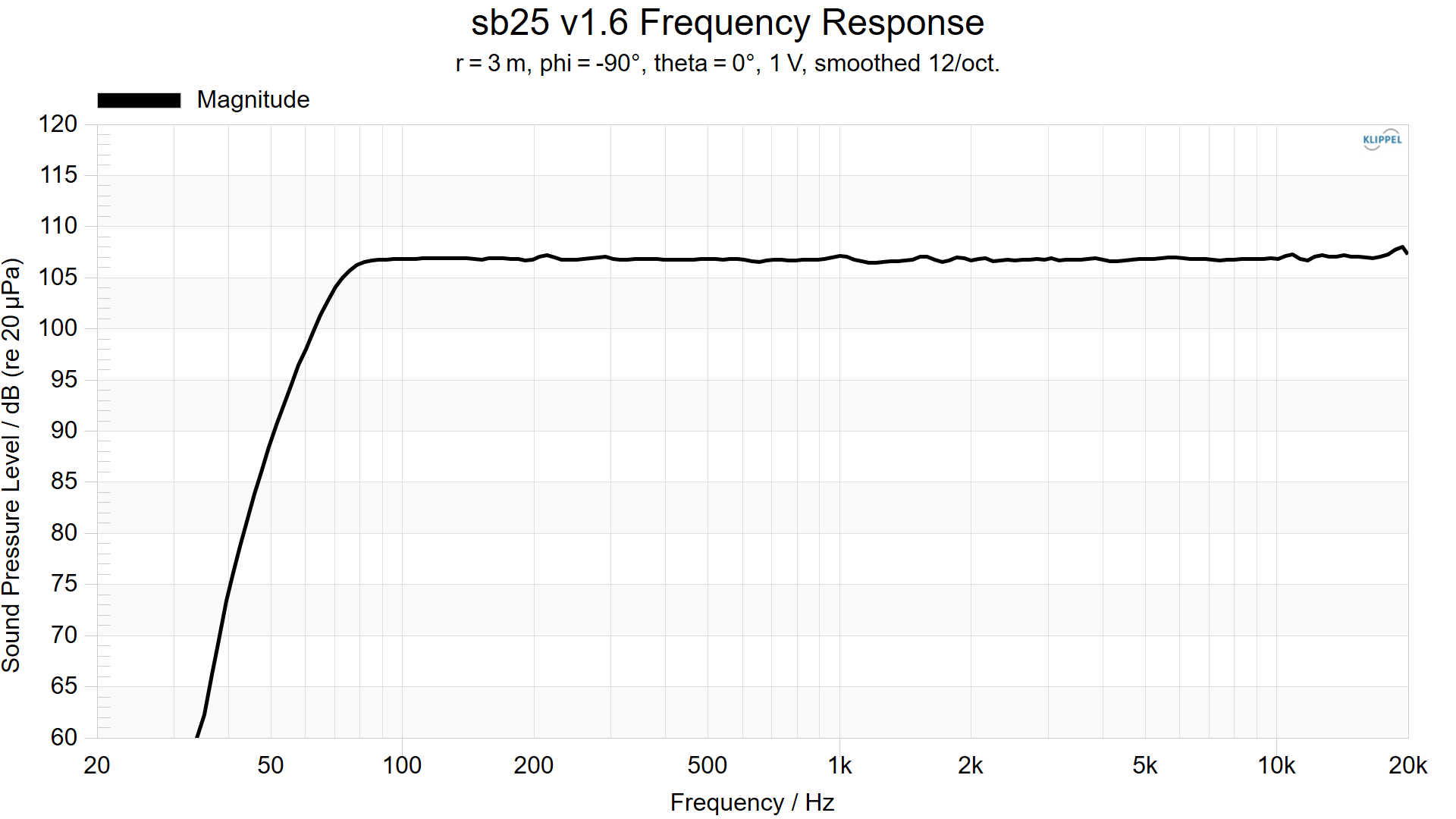
Let's measurement ourselves to see if we get the same response.
Theory Audio SB25 Speaker System Measurement
Let's start with our anechoic CEA-2034 series of measurements:
View attachment 383827
Bass response matches company measurements up to about 500 Hz. From there, there are small disturbances likely caused by the port. The treble response starting from 1.5 kHz seems slightly lower which could be intentional or difference in how they measured the speaker and tuned the DSP with it. It is not consequential though as you would want to dial your own in-room response anyway.
Despite the wide waveguide around the tweeter we see some directivity error. This is caused by the dual woofer interference with each other. We see this more clearly in our early window response:
View attachment 383828
We will revisit this in our directivity measurements. As noted, thick carpeting and ceiling absorption is advised (or high ceilings). This becomes the only failing in the predicted in-room response:
View attachment 383829
And maybe that slight peaking around 4.2 kHz.
I forgot to measure the port response in our near field driver measurement:
View attachment 383832
We see the same peaking around 4.2 kHz in tweeter response but otherwise, what we have is unventful.
The company's claim to fame is power handling and high SPL so let's see how it did in distortion department:
View attachment 383833
View attachment 383834
Considering how compact this speaker is, this is very good response. Notice how bass distortion never rises to the level of the output. Indeed, during frequency sweeps I was impressed by the clean bass response. Everything has a limit though. Here is 106 dBSPL:
View attachment 383835
Despite how bad this looks, again, bass response was surprisingly clean.
Horizontal directivity is very nice:
View attachment 383836
View attachment 383837
Vertical though, is messy as expected with dual woofers:
View attachment 383838
Dual drivers give you much more power capability but costs you in narrowing the response as the two drivers "beam" together, shrinking usable response to ± 10 degrees. Using it horizontally means narrow coverage unless you sit very far. Be sure to position the speaker in horizontal configuration as to point to listener as to maximize that 20 degrees. Vertically it should be fine but again, position the tweeter toward your ear and don't listen to them standing up!
Same resonances that we saw in distortion measurements show up in our waterfall:
View attachment 383839
Finally here is the step response:
View attachment 383840
I am sorry but I did not get a chance to listen to this speaker, nor measure the amplifier.
Conclusions
While company measurements seem overly optimistic/smoothed, overall performance of SB25 speaker system seems excellent for such a compact and family friendly speaker. The cost is high but I am told prices have increased substantially as of late. I don't have a recommendation for you since I did not get a chance to listen to the speaker but you should have the data to decide whether this system is for you.
As always, questions, comments, recommendations, etc. are welcome.
Any donations are much appreciated using: https://www.audiosciencereview.com/forum/index.php?threads/how-to-support-audio-science-review.8150/
Theory Audio SB25 APO EQ LW 96000Hz
July312024-140618
Preamp: -3.00 dB
Filter 1: ON PK Fc 614.9 Hz Gain 1.38 dB Q 6.99
Filter 2: ON PK Fc 941.8 Hz Gain 0.89 dB Q 4.58
Filter 3: ON PK Fc 1229.5 Hz Gain -1.46 dB Q 6.80
Filter 4: ON PK Fc 1884.0 Hz Gain 2.74 dB Q 0.90
Filter 5: ON PK Fc 4314.9 Hz Gain -1.27 dB Q 6.95
Filter 6: ON PK Fc 14030.9 Hz Gain 3.07 dB Q 0.49
Filter 7: ON PK Fc 11809.8 Hz Gain -1.18 dB Q 4.53
Theory Audio SB25 APO EQ Score 96000Hz
July312024-140619
Preamp: -3.00 dB
Filter 1: ON PK Fc 609.9 Hz Gain 1.84 dB Q 5.64
Filter 2: ON PK Fc 1511.8 Hz Gain 0.75 dB Q 6.98
Filter 3: ON PK Fc 1246.2 Hz Gain -1.46 dB Q 6.80
Filter 4: ON PK Fc 1793.1 Hz Gain 2.74 dB Q 1.07
Filter 5: ON PK Fc 4463.6 Hz Gain -1.63 dB Q 4.23
Filter 6: ON PK Fc 17955.8 Hz Gain 2.96 dB Q 1.32
Filter 7: ON PK Fc 12014.9 Hz Gain -1.50 dB Q 6.98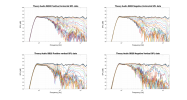
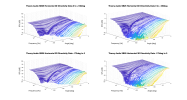
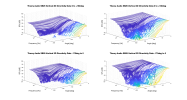
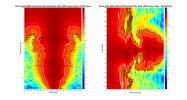
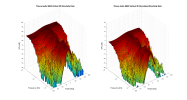
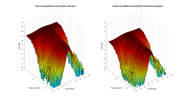
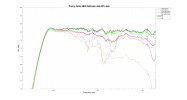
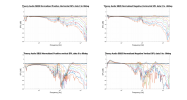
My house was just redone at gut-rehab last year and it's 16" for the most part. I know that at least some of the walls in this place are new.Where have you been? 24 inch framing with drywall has been the norm in large areas for oh maybe 40 or so years. 16 inch was the old norm and better houses still use it, but it isn't the norm now. I do agree I'd never put something that heavy on just the drywall.
Measurements are done in a different place than my listening room. The latter is a floor up. I hurt my back so couldn't lift things to take there. And lost the AC making the loft uncomfortable to boot.I don't understand this post. You did measurements but you didn't listen to them nor take pictures ?
Oh okay thanks for the clarifications ! Get well soonMeasurements are done in a different place than my listening room. The latter is a floor up. I hurt my back so couldn't lift things to take there. And lost the AC making the loft uncomfortable to boot.
I did take pictures of them in the measurement area. That shot of the back panel of the amp was done by me. I had shots of the speaker but with cell phone and hand held, they didn't look great so I used the stock images.
Because that’s not its intended use. From the manufacturer:Why not just get a couple Neumann KH150s and save thou$and$ of dollar$ while getting deeper bass and less distortion?
I literally don't know one single restaurant, retail store, bar, hotel or whatever spending such a lot of money for "high fidelity background or foreground sound". In most cases they are equipped with a bunch of the omnipresent JBL Control 1 or some of their clones...Because that’s not its intended use. From the manufacturer:
The Theory sb25 is a wide-bandwidth, high-output multi-use loudspeaker, perfect for restaurants, bars, hotels, retail stores, houses of worship and anywhere high-resolution, high-fidelity background or foreground sound is needed.
Globally concordance between measurements from Amin and the vendor is pretty good:Here they are overlaid (I chose the normalize in the base region):
The ~2db shelf down >500Hz is interesting. Their's is for sure smoothed, but interesting that the non-linearities are different.
In the attic, waiting for the aircon man.Where's the panther?
I understand the cables analogy but let's really get serious, did you see those distortion levels? You've got to admit that they're pretty bad. Distortion is one of my major pet peeves, sometimes even more than frequency response. It delivers in Frequency response but if you turn it up.......well....Sure but imagine how many "audiophiles" buy cables for that money.Yes its expensive. But it delivers. While expensive cables deliver the same than cheap cables. Would i buy it? No iam not rich enough.
